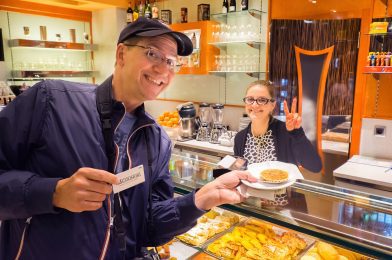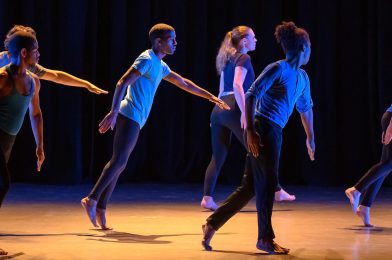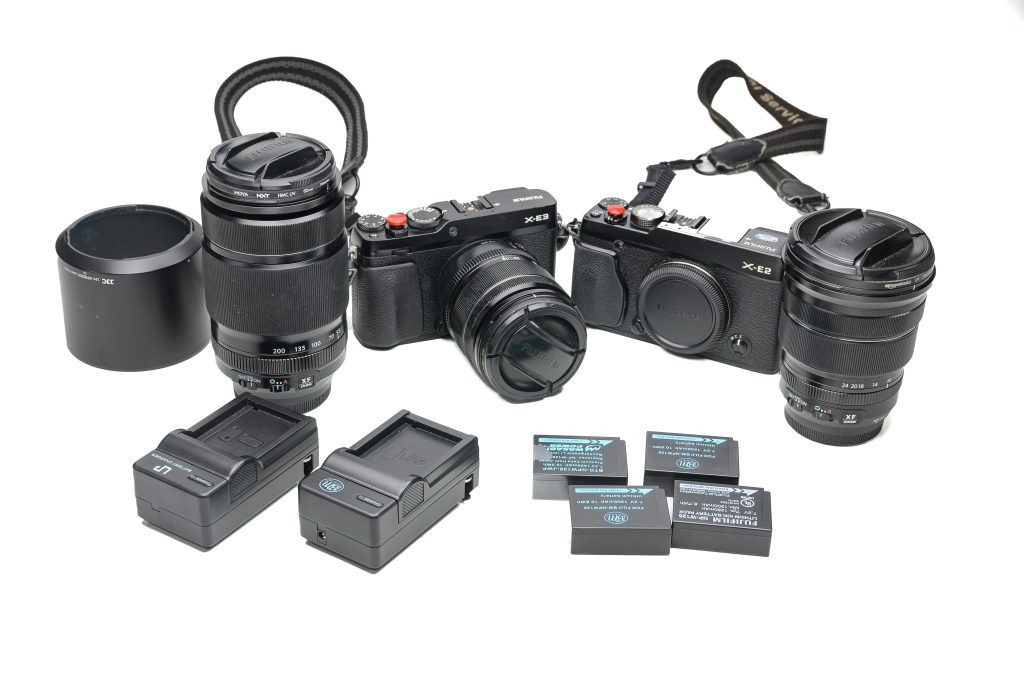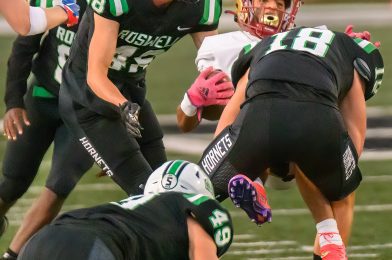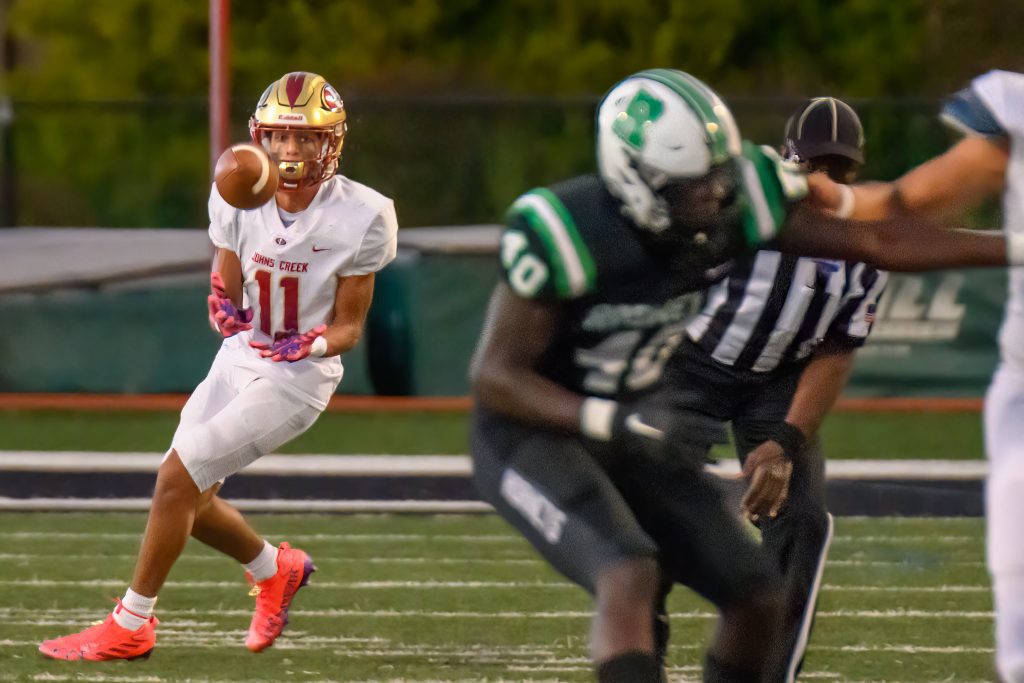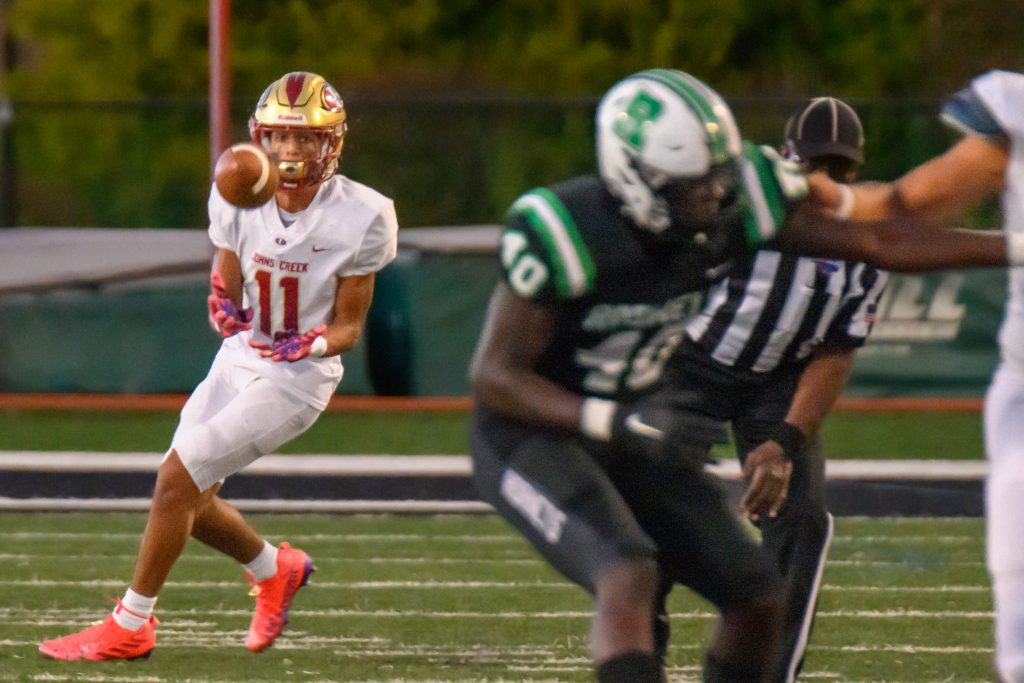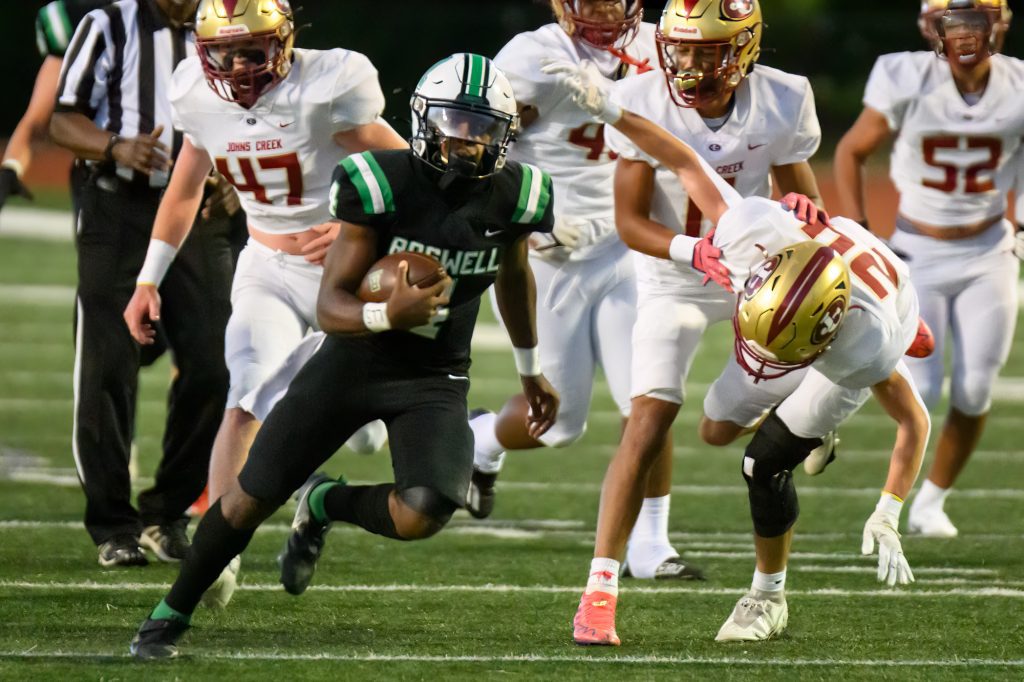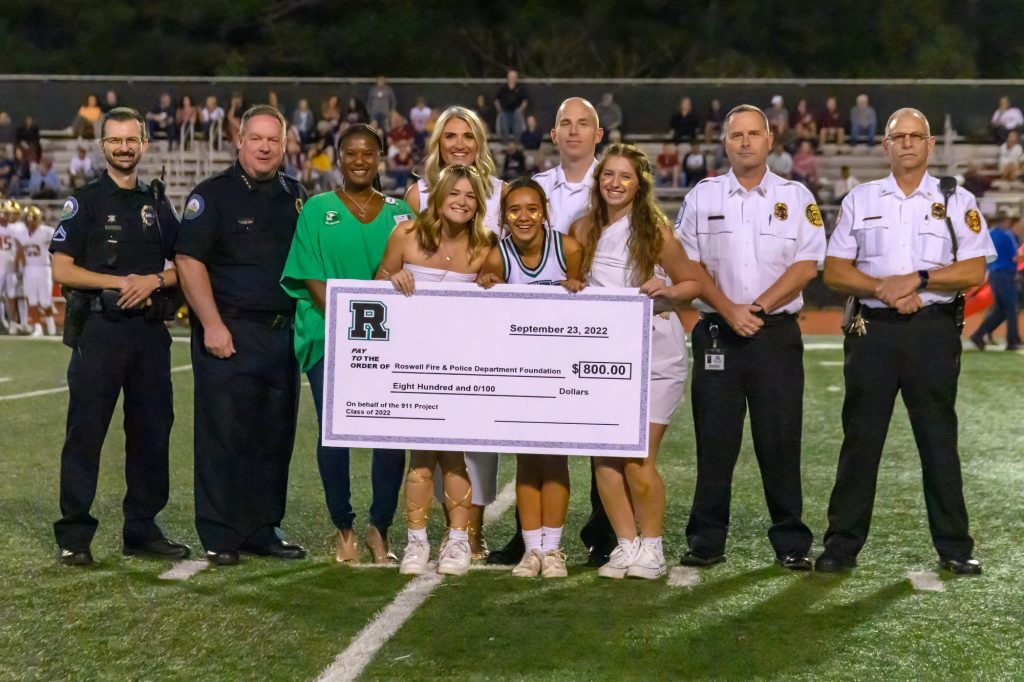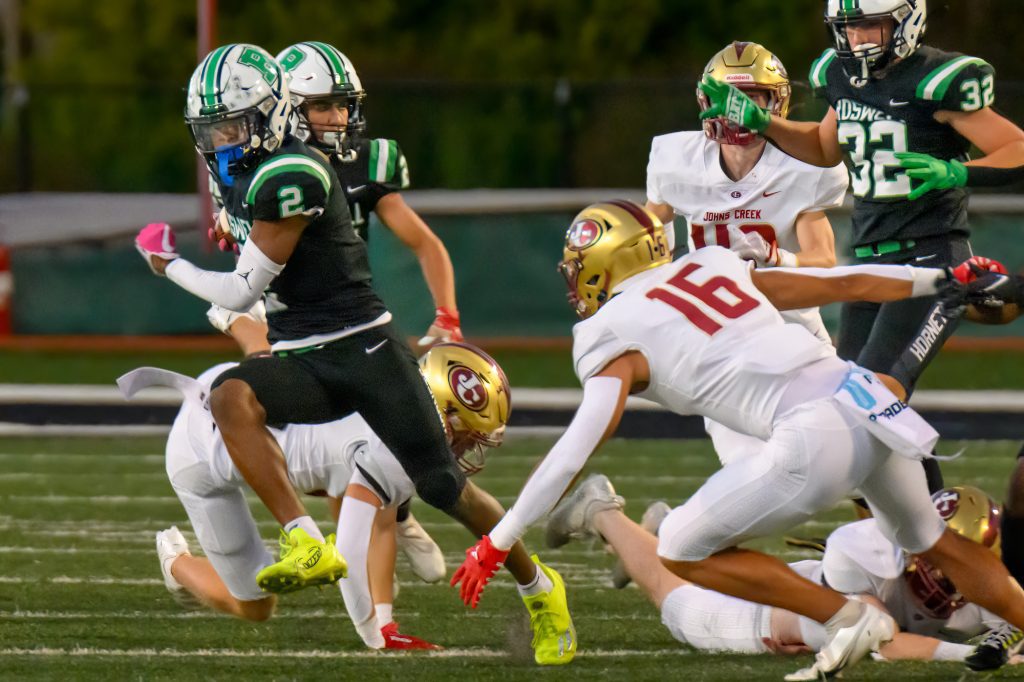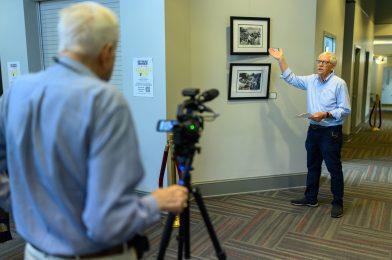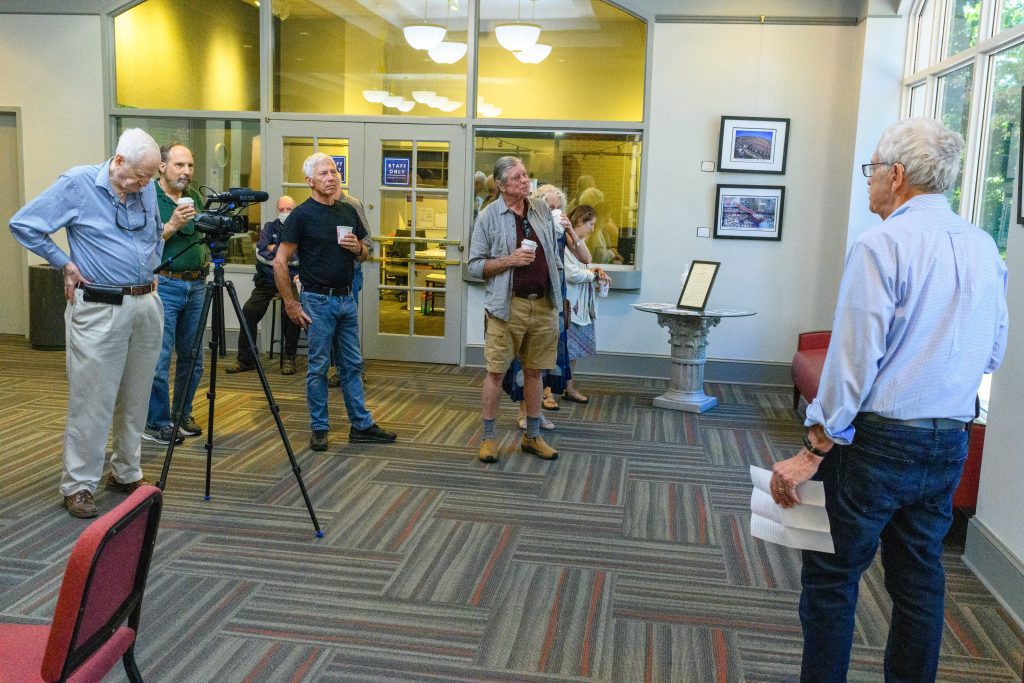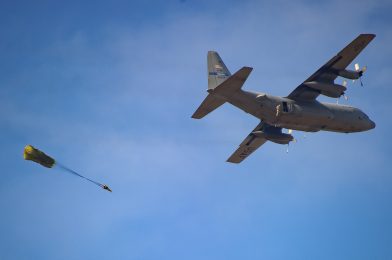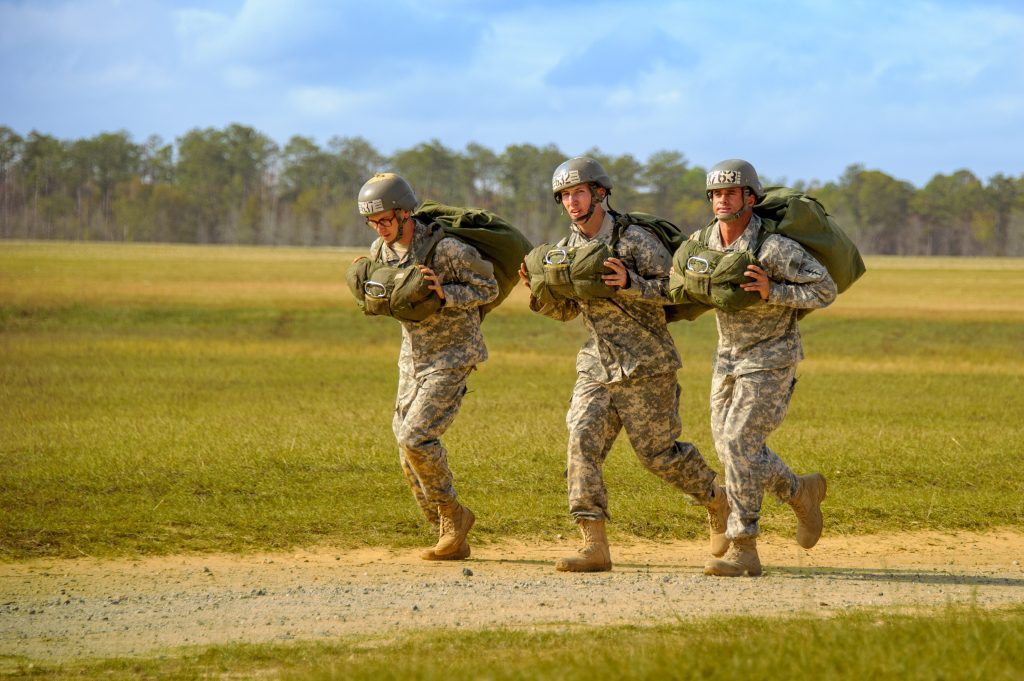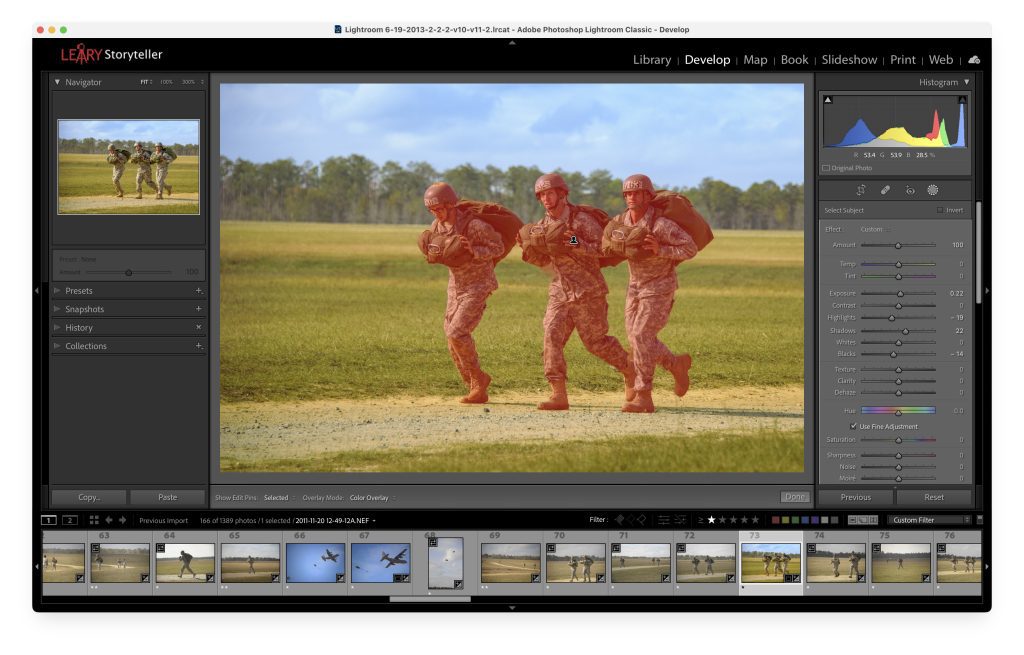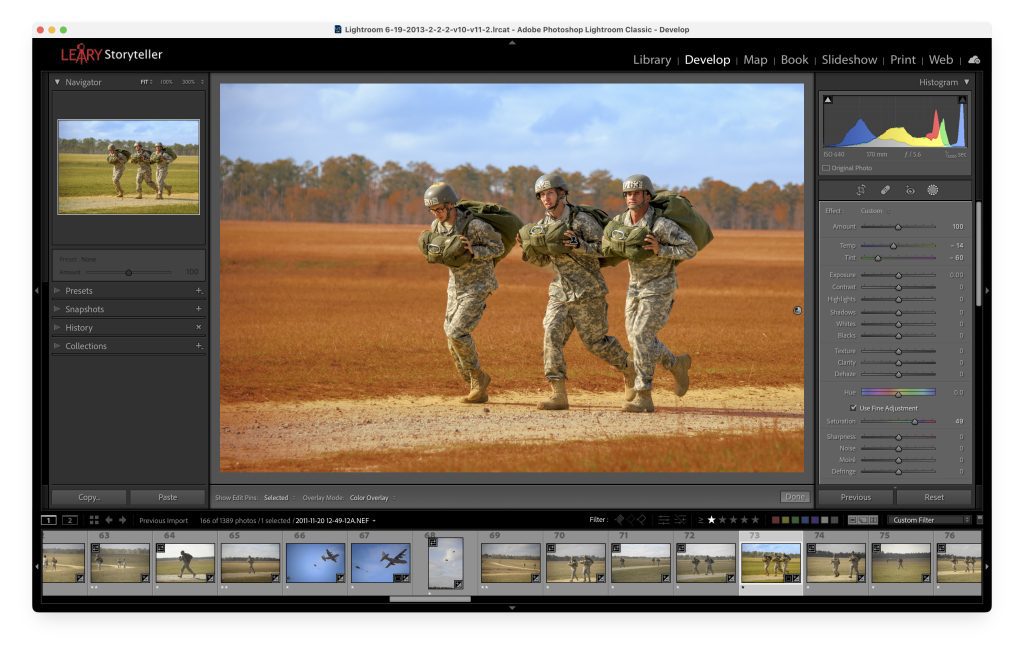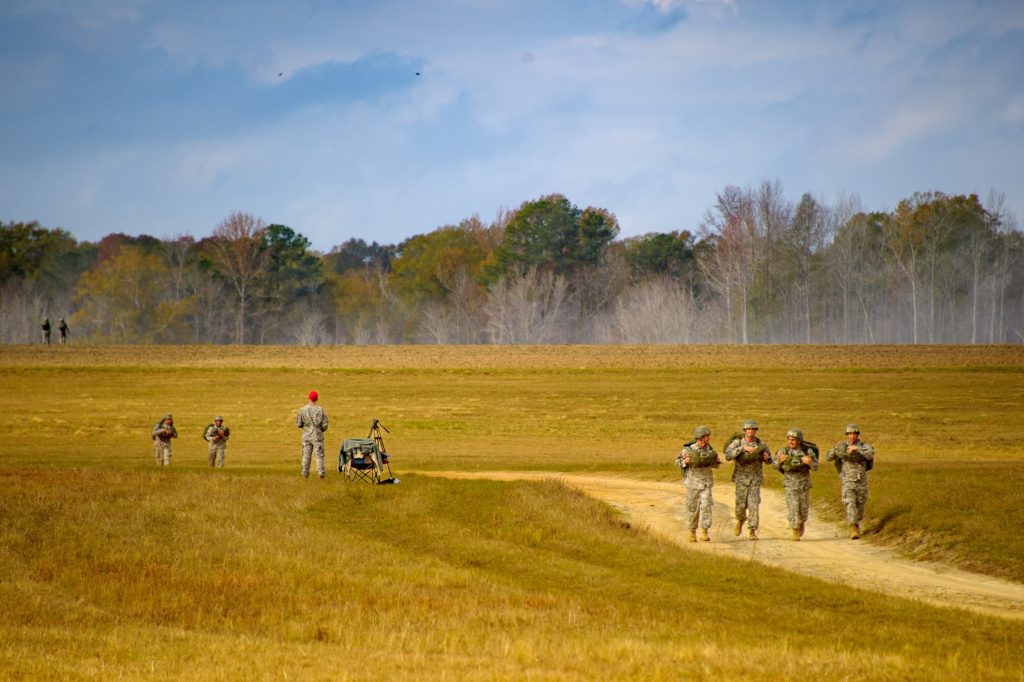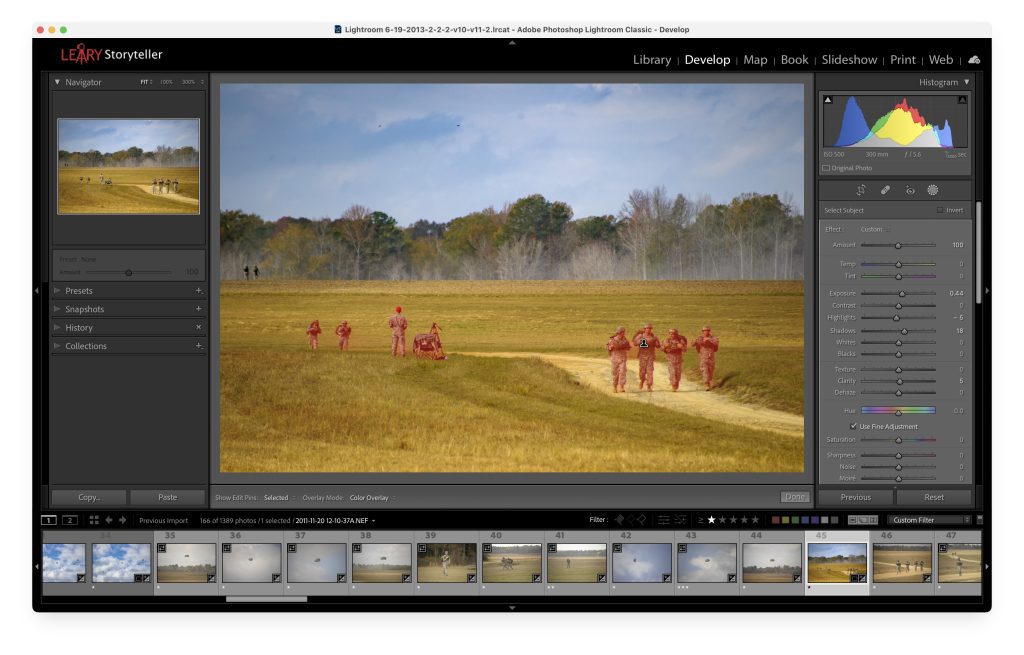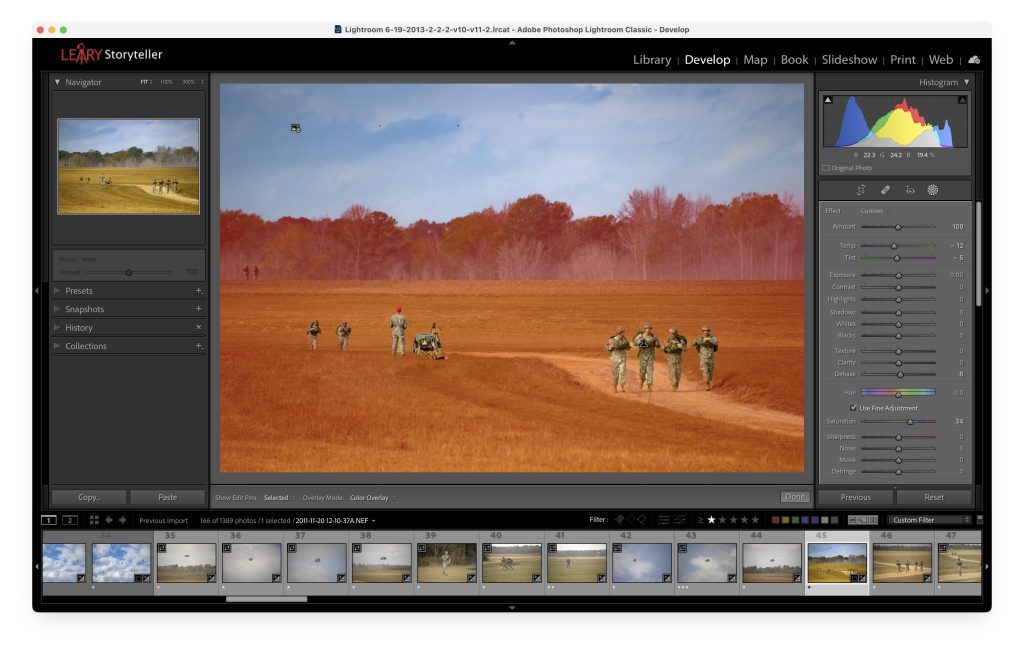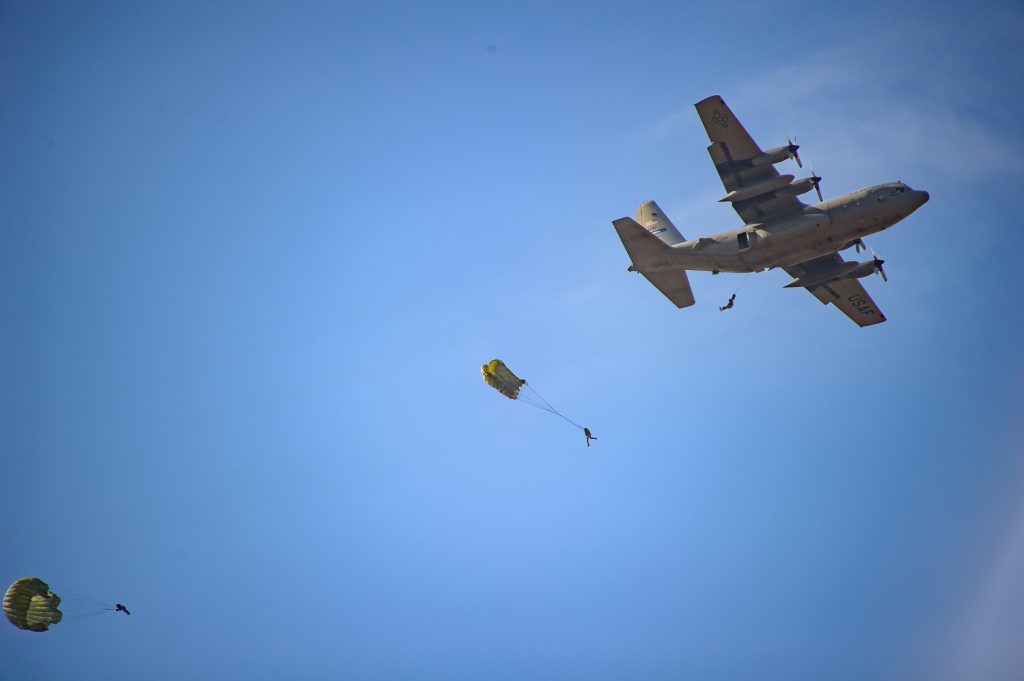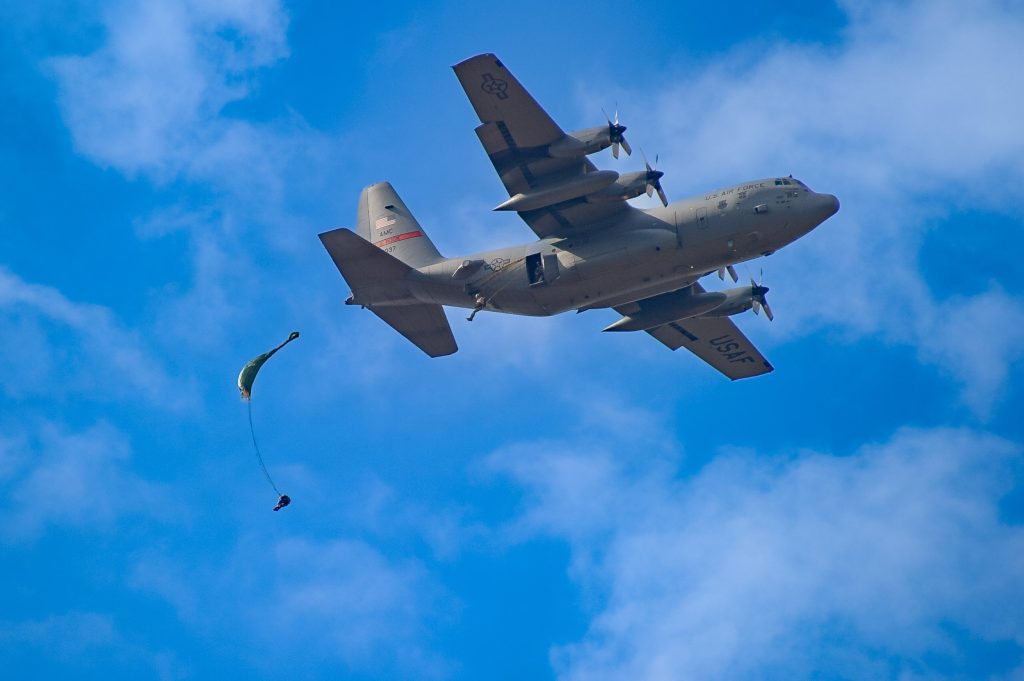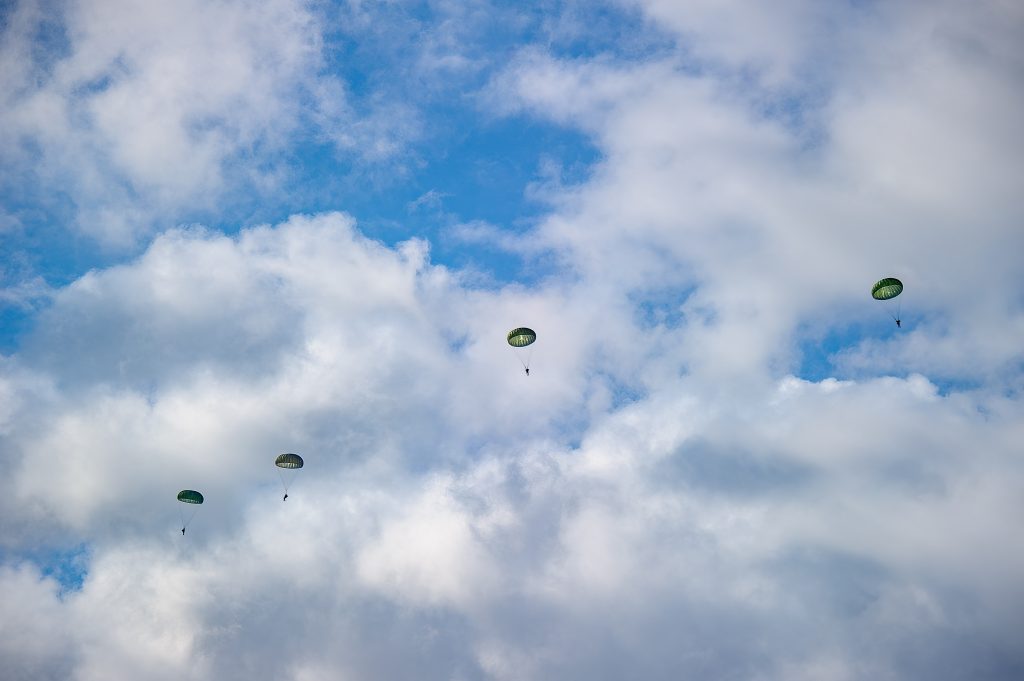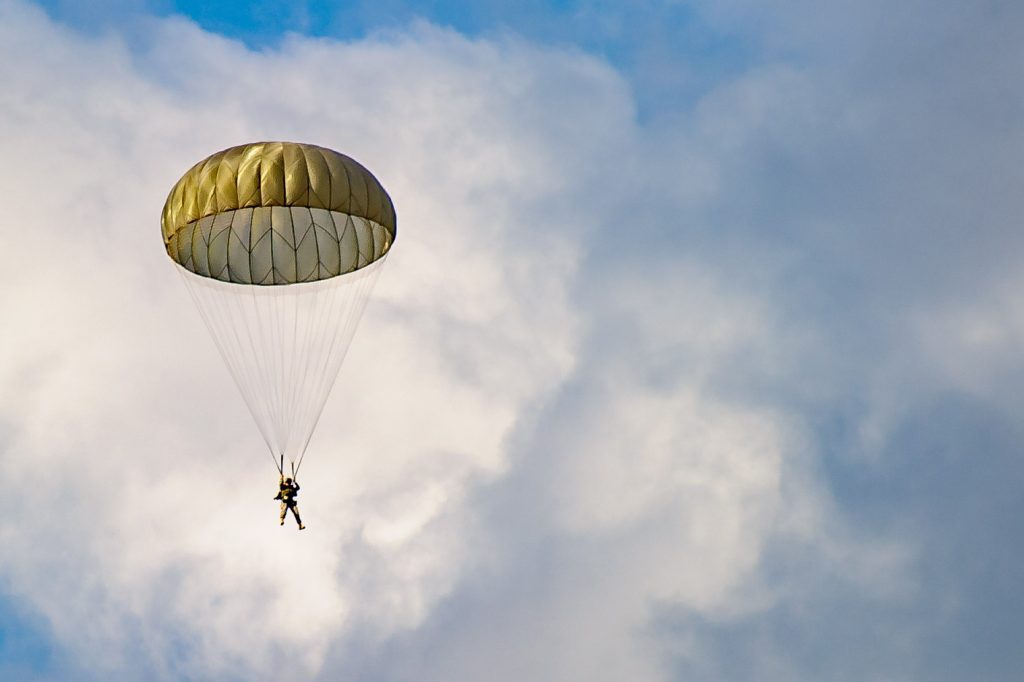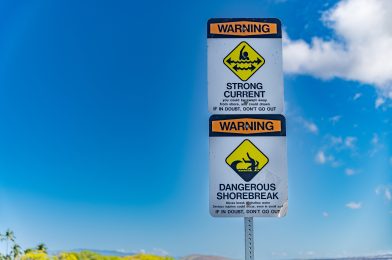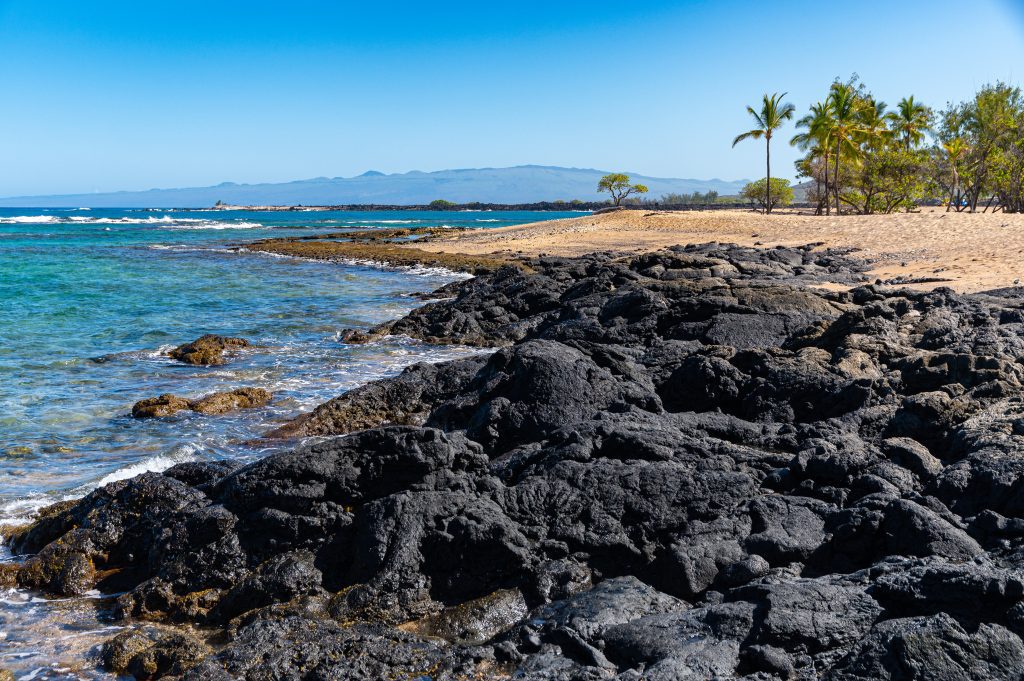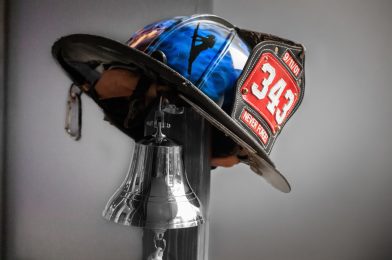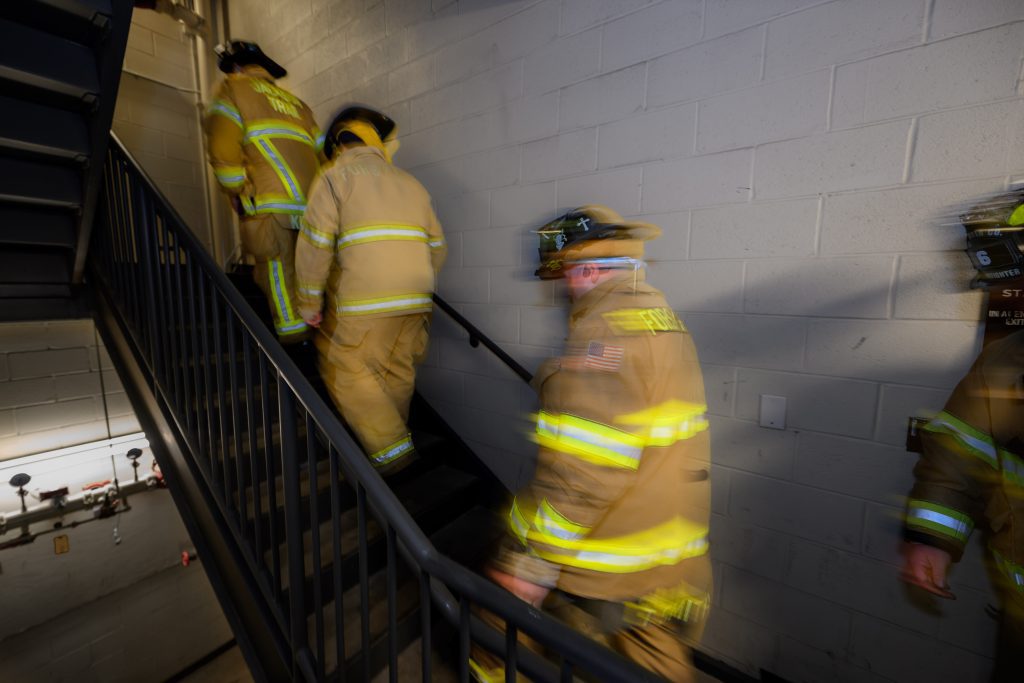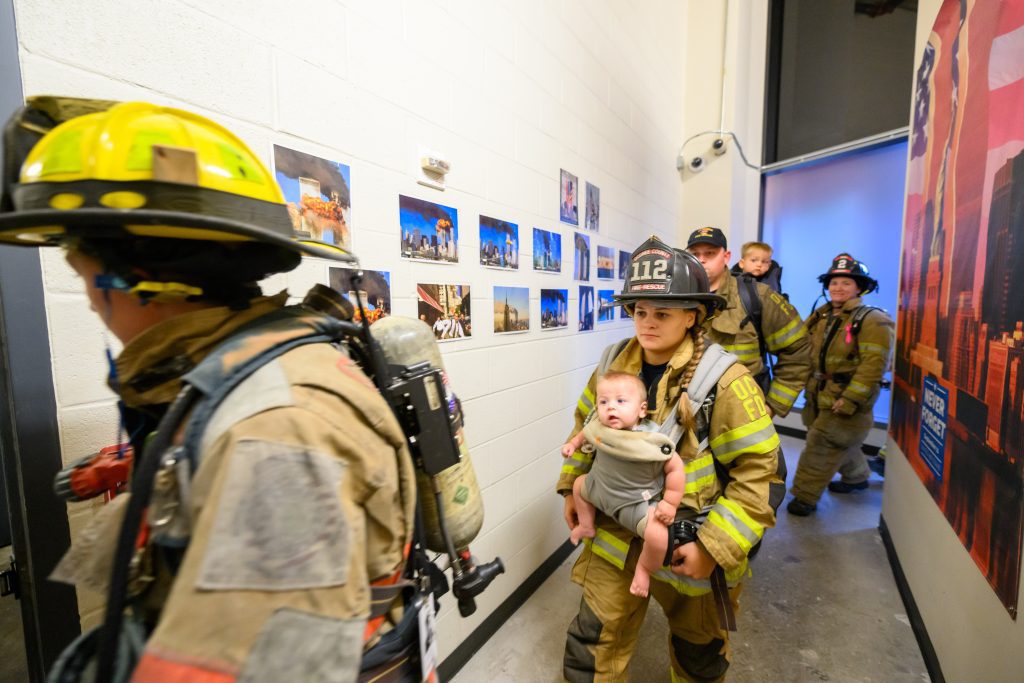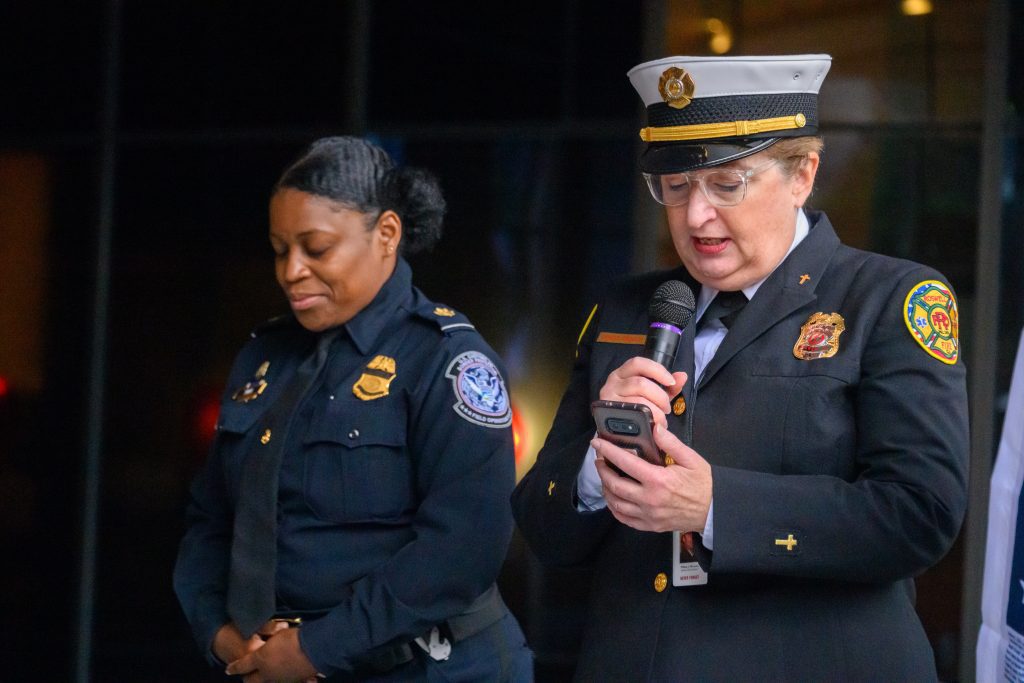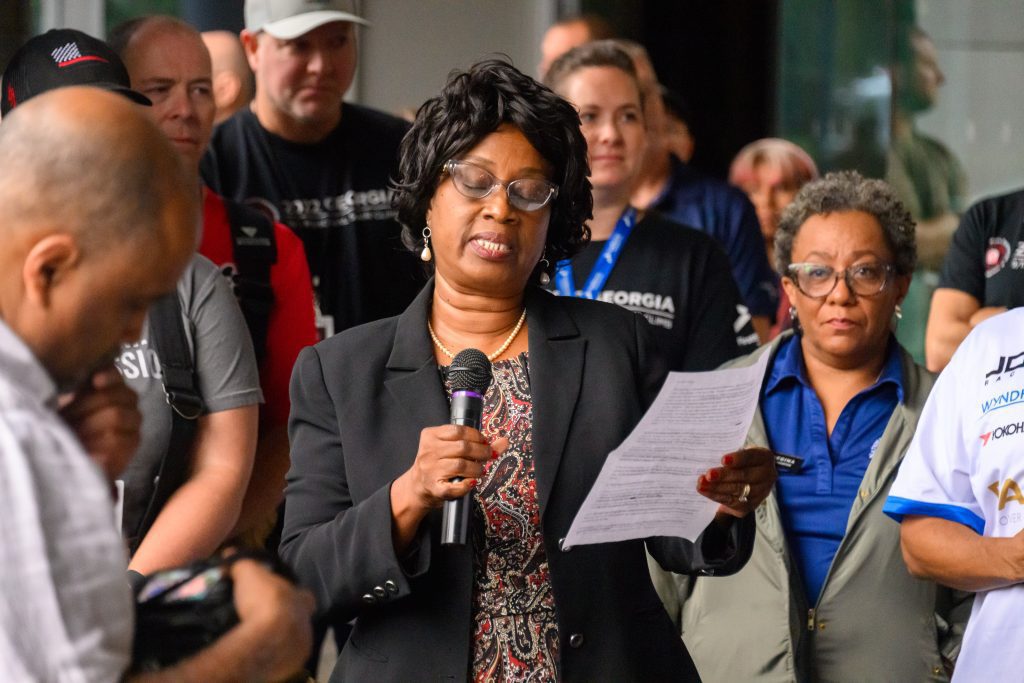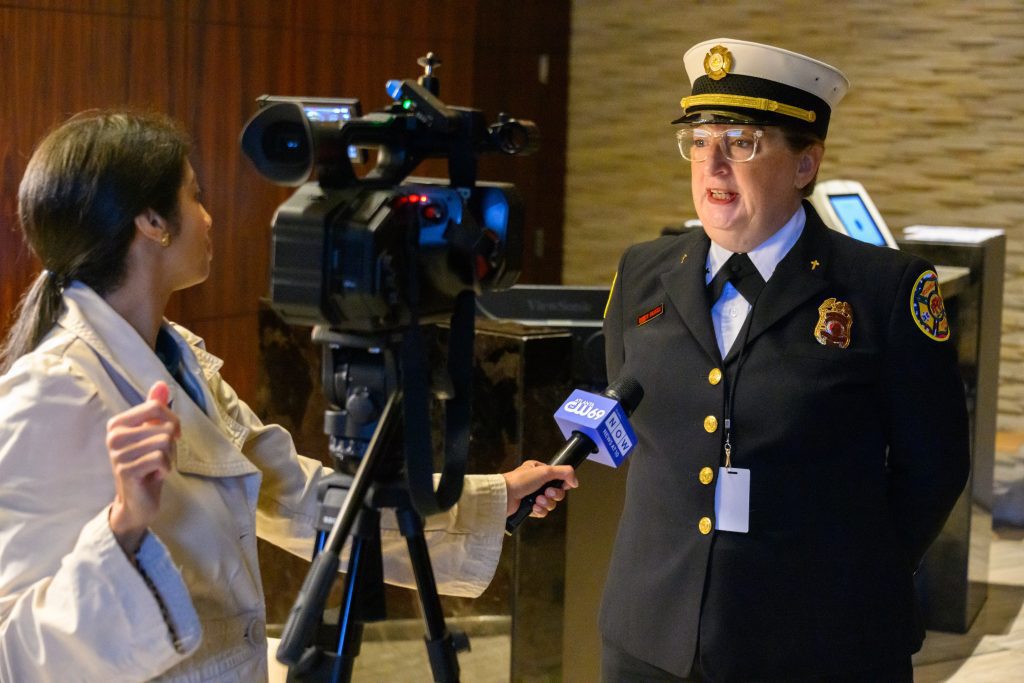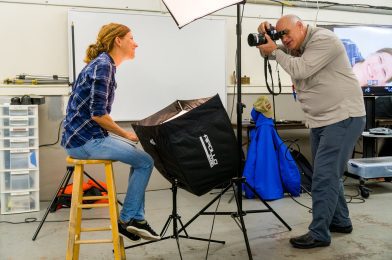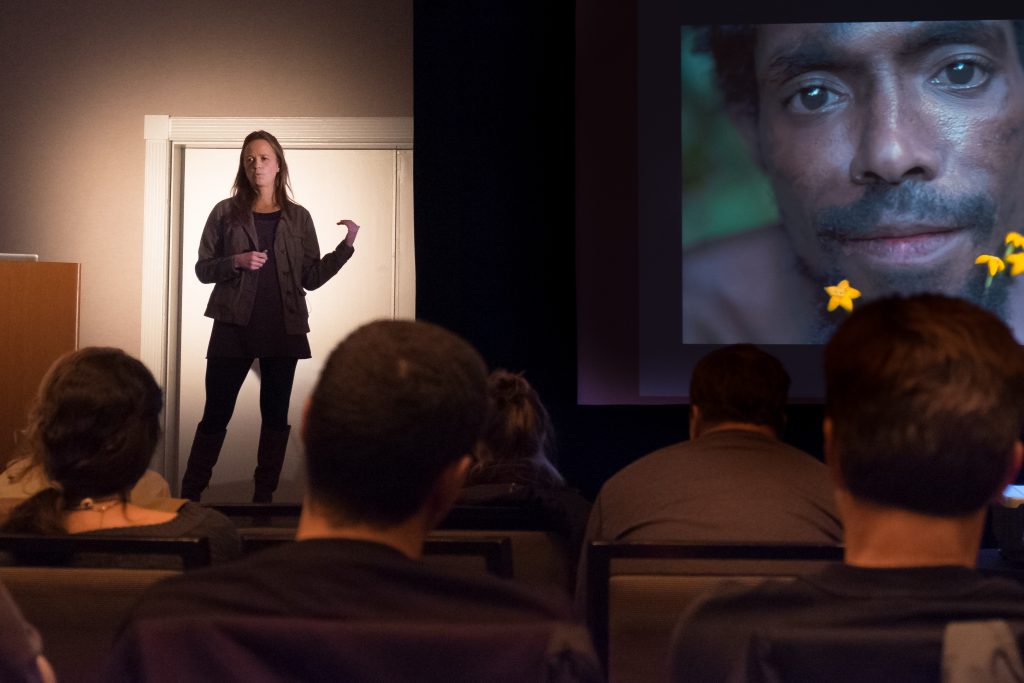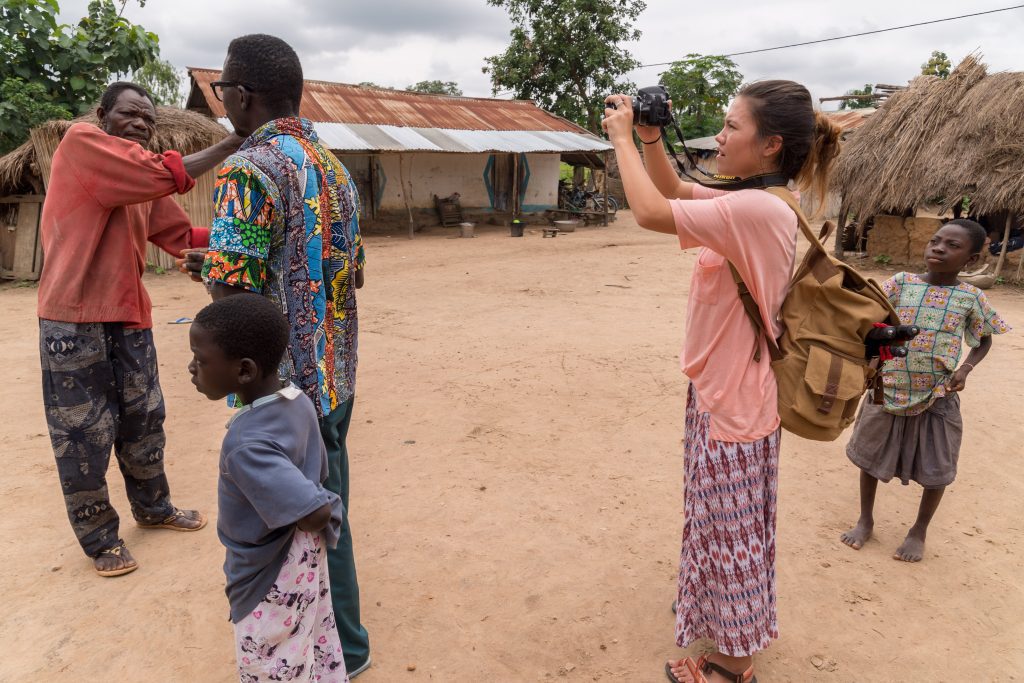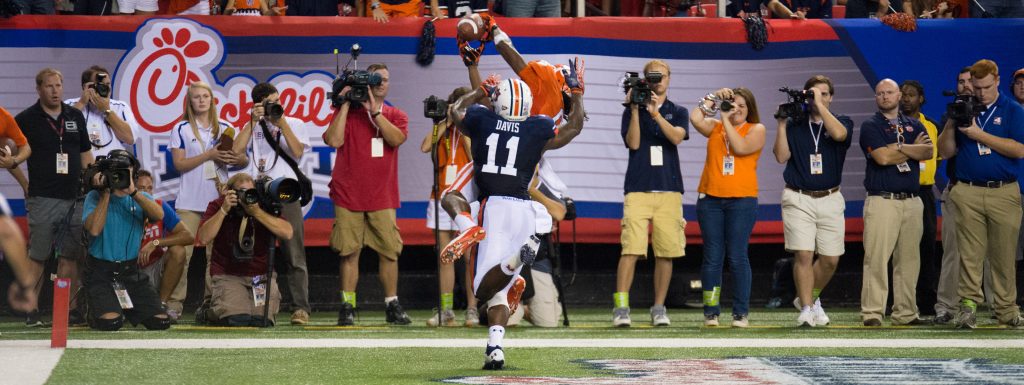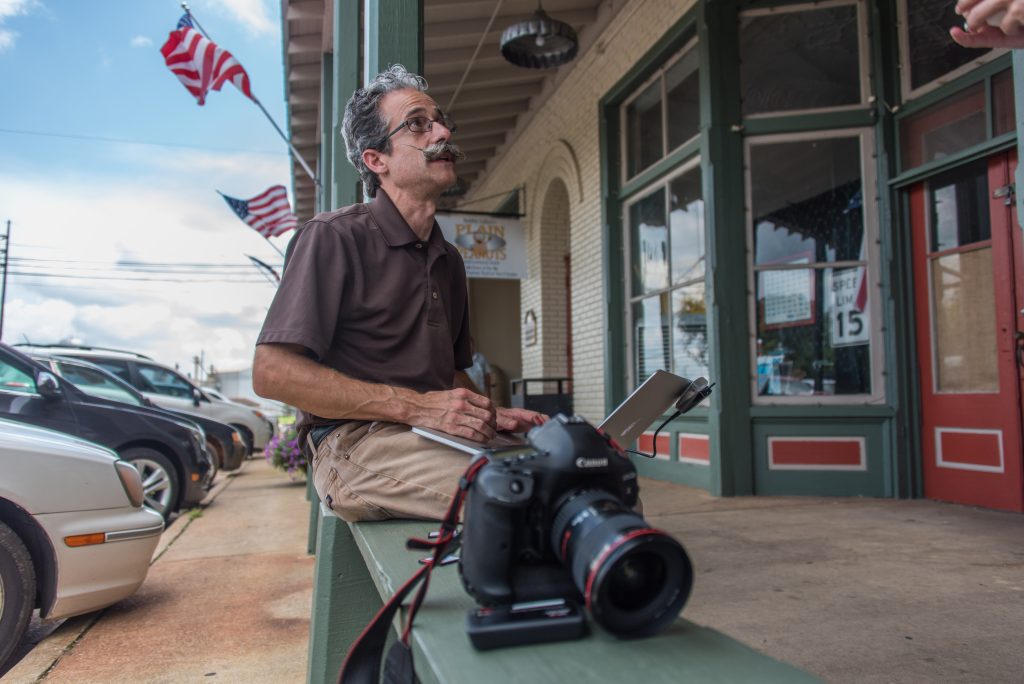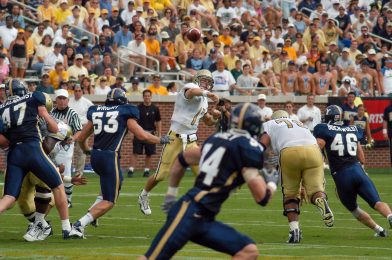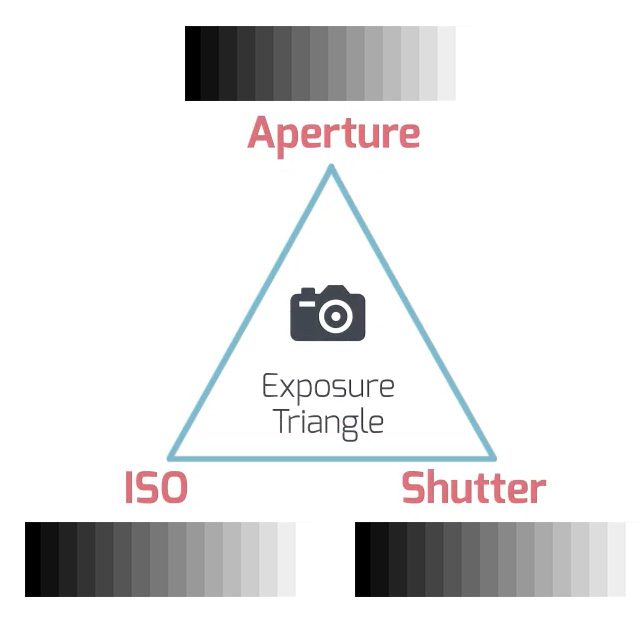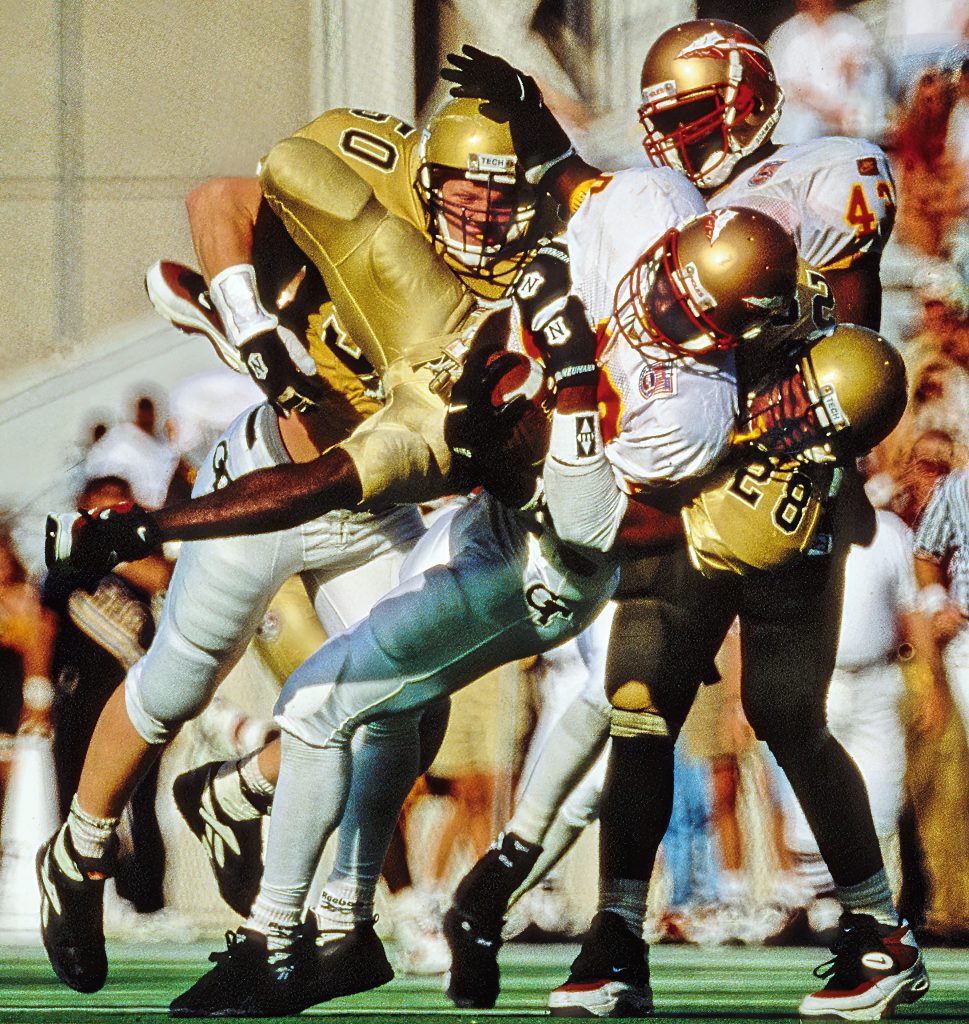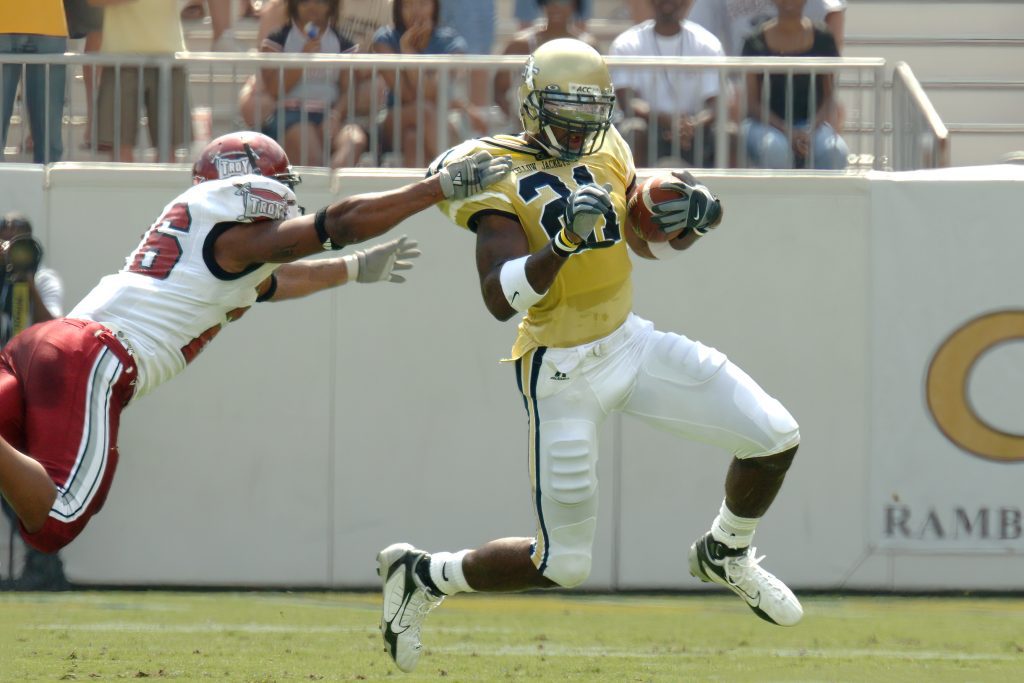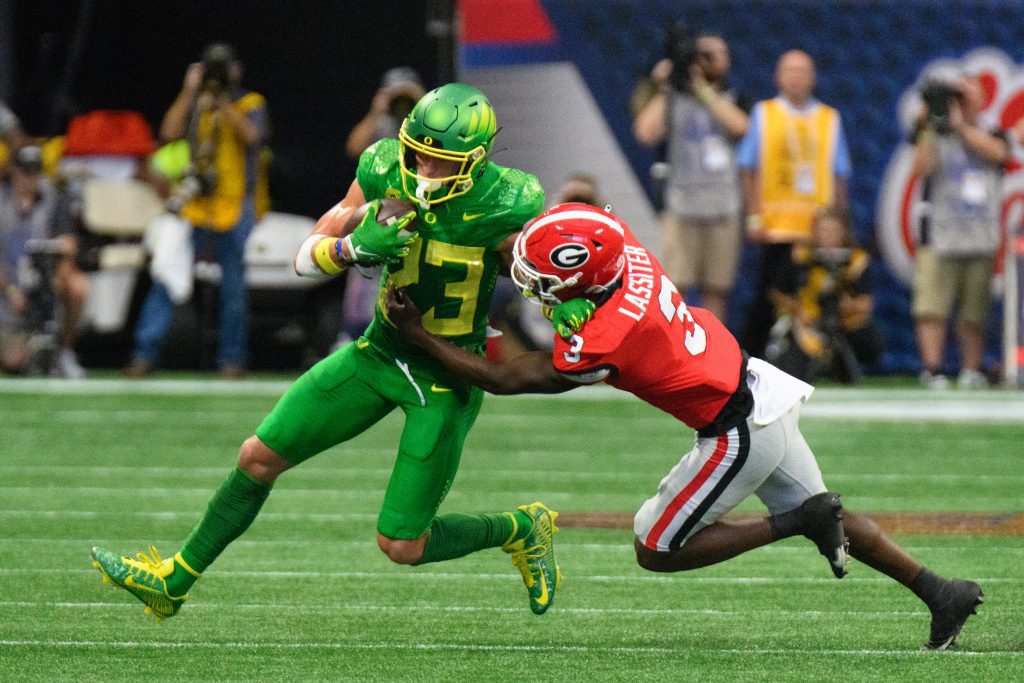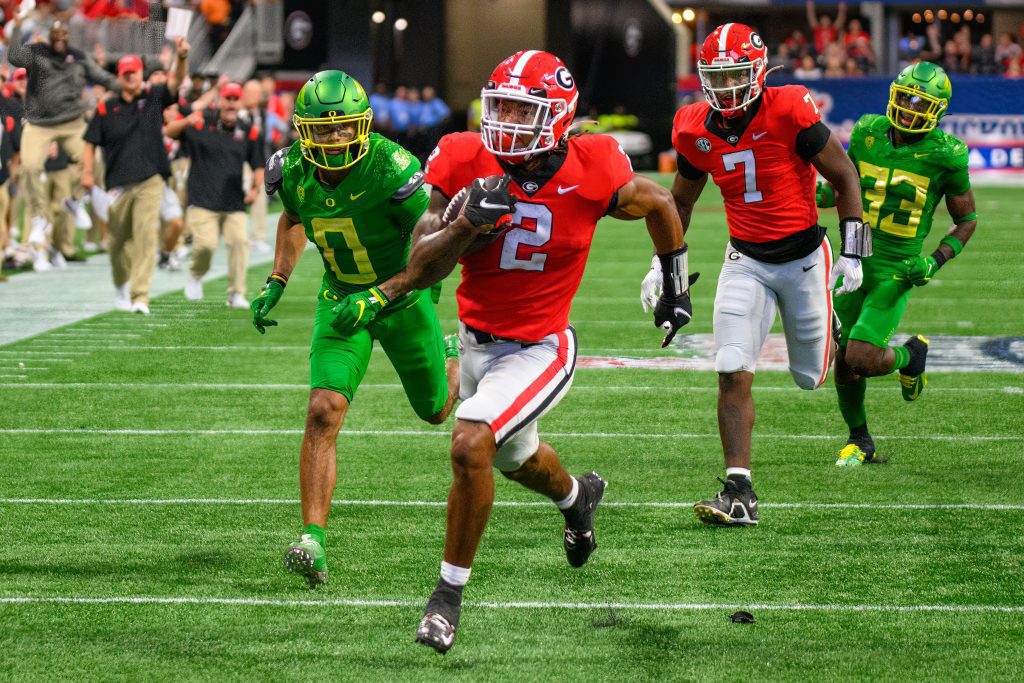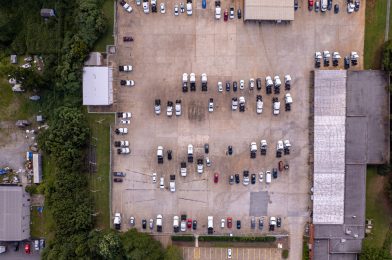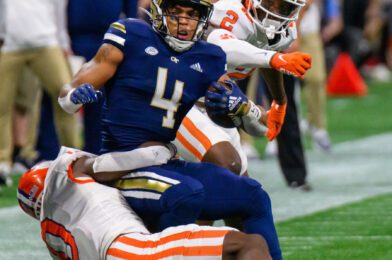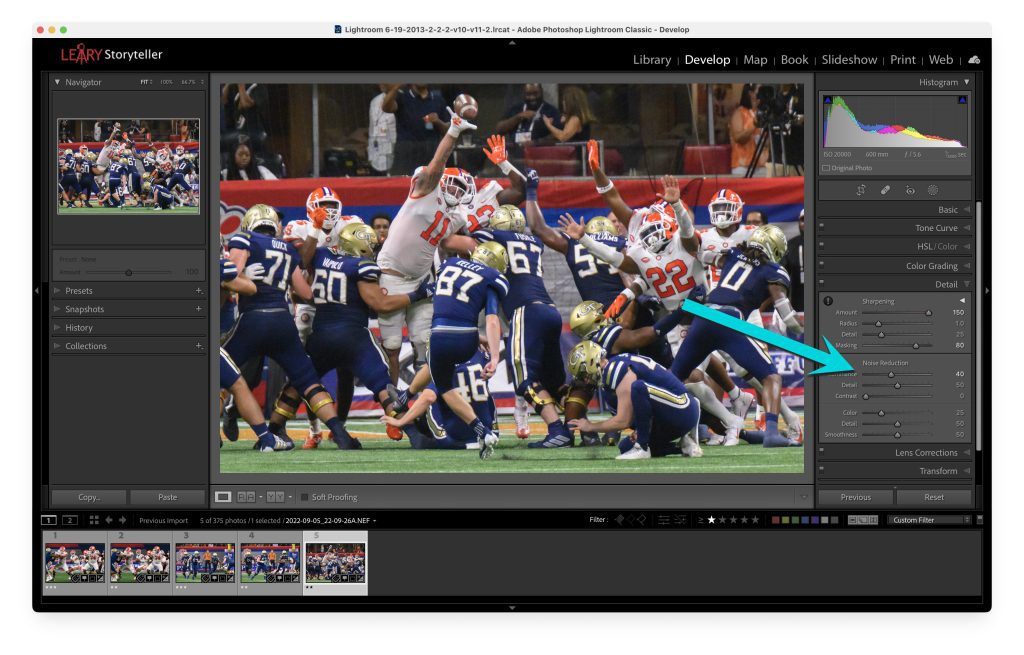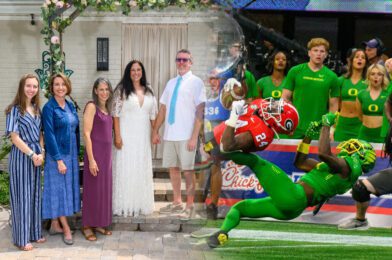While we are not entirely out of the woods with COVID-19, the numbers are significantly down for hospitalizations and death compared to just a year ago. This is excellent news.
Early in the pandemic, businesses changed their customer experience. Many companies that were not considered essential folded due to a lack of income. Those that were open had to change how they interacted with the customer.
Customers generally were cutting companies slack, knowing how difficult it was to operate during this crisis.
Post Covid Customer Expectations
As we are coming out of this pandemic, customers will not continue to tolerate substandard customer service.
Most of those customer service-focused brands that built their customer loyalty before the pandemic pivoted to continue to serve their customers. However, most all had to change their customer service. Many lost a good percentage of their workers and still have not recovered.
In the service industry, the public was used to various levels of customer service. Some hotels were on the low end, providing basic shelter for the night. Other hotels realized providing more customer service was a way to grow their business and profits by learning the customer wants to feel special.
The problem was that during the pandemic when we had to travel and stay in some of the hotels, they just provided a bed for the night.
Just a couple of days ago, my wife and I went to a restaurant chain that had closed its doors but had reopened under new management. When they opened, they did so based on how many restaurants had to operate during the peak of COVID-19. This was the least amount of customer service I have ever experienced in a restaurant.
When we walked in, there was only one other person in the large dining room. No place to step up and place your order with a person. They had a few Self Ordering Digital Kiosk Stations to place your order. One employee working the grill saw us and explained that the management did this due to COVID. So, we put in our order, but the entire experience lacked customer service. We had to find our drinks, napkins, silverware, and even the table had not been cleaned since the last customer. We did bus our table when we left.
For the most part, I am noticing that customer service is no longer what it used to be in many businesses today. I can tell you I am not interested in continuing to go to a restaurant where I am not getting some better experience than just going to the grocery store and cooking it myself.
I can see my attitude shifting from tolerance to intolerance regarding paying for services. Do you think I am the only one thinking this today?
Can you afford to start losing customers because they are no longer willing to cut you some slack for substandard customer service?

